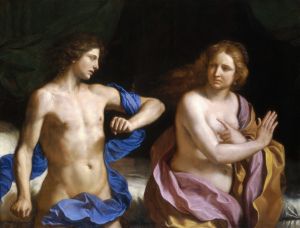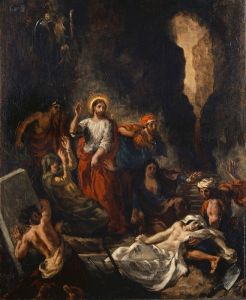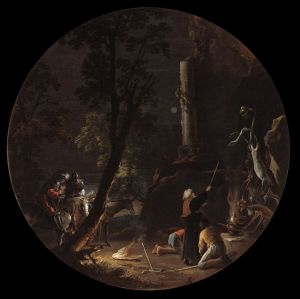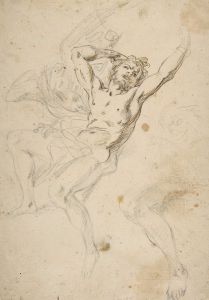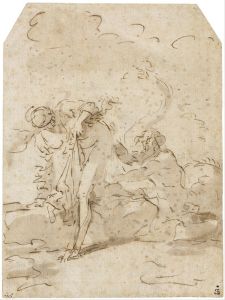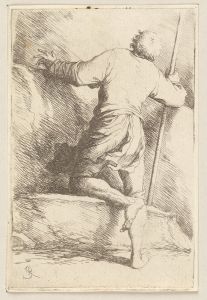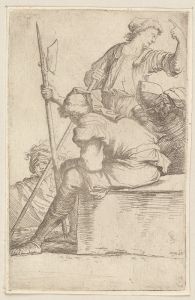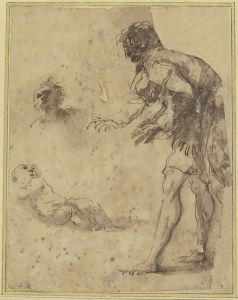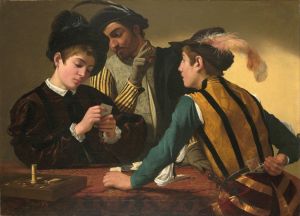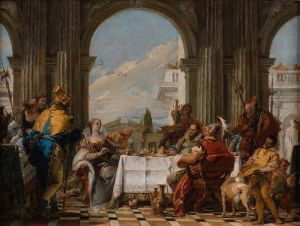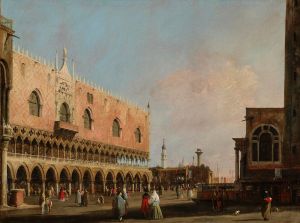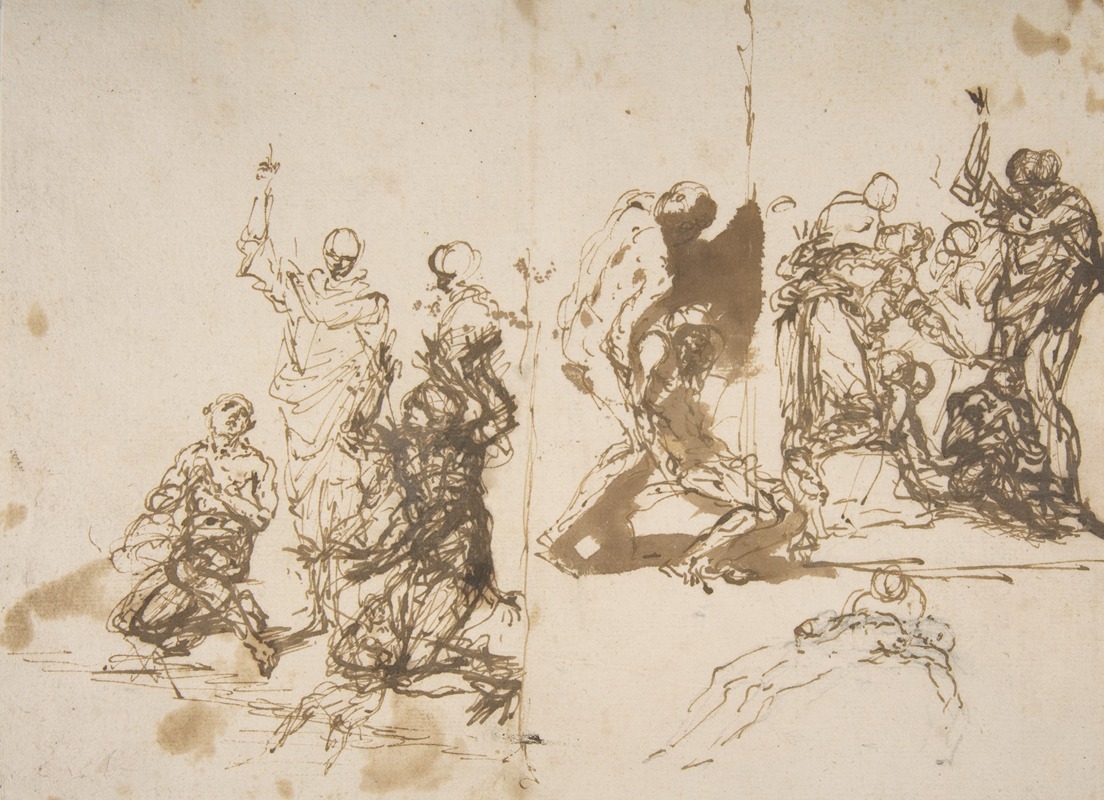
The Raising of Lazarus
A hand-painted replica of Salvator Rosa’s masterpiece The Raising of Lazarus, meticulously crafted by professional artists to capture the true essence of the original. Each piece is created with museum-quality canvas and rare mineral pigments, carefully painted by experienced artists with delicate brushstrokes and rich, layered colors to perfectly recreate the texture of the original artwork. Unlike machine-printed reproductions, this hand-painted version brings the painting to life, infused with the artist’s emotions and skill in every stroke. Whether for personal collection or home decoration, it instantly elevates the artistic atmosphere of any space.
Salvator Rosa's "The Raising of Lazarus" is a significant work of art created by the Italian Baroque painter Salvator Rosa, who was known for his dramatic and unconventional style. Born in 1615 in Naples, Rosa was a versatile artist, excelling not only in painting but also in poetry, acting, and music. His works often reflect a rebellious spirit and a preference for themes that diverged from the mainstream Baroque art of his time.
"The Raising of Lazarus" depicts the biblical story from the Gospel of John, where Jesus raises Lazarus from the dead. This miracle is one of the most dramatic events in the New Testament and has been a popular subject in Christian art. Rosa's interpretation of this scene is notable for its emotional intensity and the dynamic composition that captures the moment of divine intervention.
In this painting, Rosa employs a dark and moody palette, characteristic of his style, to enhance the dramatic effect. The use of chiaroscuro, a technique that contrasts light and shadow, is evident in the way the figures are illuminated, drawing the viewer's attention to the central action of the miracle. The composition is carefully arranged to lead the eye towards the figure of Lazarus, who is depicted at the moment of his resurrection, surrounded by astonished onlookers.
Rosa's portrayal of the figures is expressive, with a focus on the emotional reactions of those witnessing the miracle. The faces of the onlookers convey a range of emotions, from awe and disbelief to joy and reverence. This emphasis on human emotion is a hallmark of Rosa's work and adds depth to the narrative depicted in the painting.
The painting also reflects Rosa's interest in the dramatic and the sublime, themes that recur throughout his oeuvre. His landscapes often feature rugged, untamed nature, and his historical and religious scenes are imbued with a sense of tension and movement. In "The Raising of Lazarus," these elements come together to create a powerful visual narrative that captures the viewer's imagination.
Salvator Rosa's work, including "The Raising of Lazarus," has been influential in the development of Baroque art. His unique approach to composition, use of dramatic lighting, and focus on emotional expression set him apart from his contemporaries. While Rosa's work was not always appreciated during his lifetime, he has since been recognized as an important figure in the history of art, with his paintings held in high regard for their originality and emotional depth.
"The Raising of Lazarus" exemplifies Rosa's ability to convey complex narratives through his art, combining technical skill with a deep understanding of human emotion. This painting remains a testament to his talent and his contribution to the Baroque movement, continuing to be studied and admired by art historians and enthusiasts alike.





